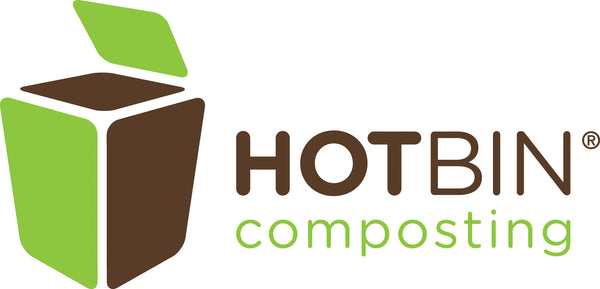Late Autumn (November) – Composting with Your HOTBIN
Autumn is the time of year when nights draw in and the landscape takes on that beautiful amber glow — leaves turning every shade of red, orange, and yellow as the garden winds down for winter (let’s be honest, so are we!).
Even though growth slows, there’s still plenty of compostable material available. November is an excellent time to give your HOTBIN a final seasonal boost before winter truly sets in.
What to Compost in November
Prune and compost:
- Long stems of roses (reduce by about one-third to prevent wind-rock)
- Deciduous trees and hedges — ideal time for winter pruning
- Apple, pear, and grapevines after leaf fall
- Any remaining asparagus spears once foliage has yellowed (cut to the base)
Tip: Shred or roughly chop woody stems before adding them to the HOTBIN — this helps speed up decomposition.
Clear and compost:
- Spent vegetable plants – tomatoes, beans, courgettes, and other summer crops now past their best
- Old foliage from herbaceous perennials that have died back
- Brassica leaves and stalks (cabbage, kale, sprouts)
- Pumpkin and squash vines after harvest
- Corn stalks and husks
- Root crop tops – carrot, beetroot, parsnip, and turnip leaves
- Fallen fruit – especially windfall apples and pears (chop into smaller pieces to aid breakdown)
- Autumn leaves – rake, shred, and add to your HOTBIN on a dry day to avoid excess moisture
HOTBIN Tips for Late Autumn
- You don’t need to worry about balancing “greens and browns” — the HOTBIN’s insulated design keeps heat in and supports efficient decomposition.
- However, adding a handful of mulch as a bulking agent (like wood chips) and a little shredded paper or cardboard helps maintain airflow and prevent compacting.
- Continue feeding your HOTBIN regularly to keep the core temperature warm even as outdoor temperatures fall.
Using Your Compost in Autumn
Before the first frosts harden the soil, choose a dry, clear day to spread compost across your beds and borders. Dig it in (unless you follow a no-dig approach) to help rejuvenate the soil before the next growing season.
- Add a generous layer of compost around borderline hardy plants such as Agapanthus to insulate roots over winter.
- If you have compost left over, top up bare pots or containers with a 5 cm layer — it’ll enrich the soil and give your plants a head start come spring.
Turning Autumn’s Waste into Next Season’s Wealth
As the garden winds down for winter, your HOTBIN keeps working hard — transforming autumn’s abundance of leaves, pruning's, and spent plants into rich, usable compost.
Its insulated design means you can keep composting efficiently even as temperatures drop, without worrying about the usual “greens and browns” balance. By feeding your HOTBIN through November, you’ll not only reduce garden waste but also create nutrient-rich compost ready to rejuvenate your soil come spring.
For more information about HOTBIN Composting visit this website.

